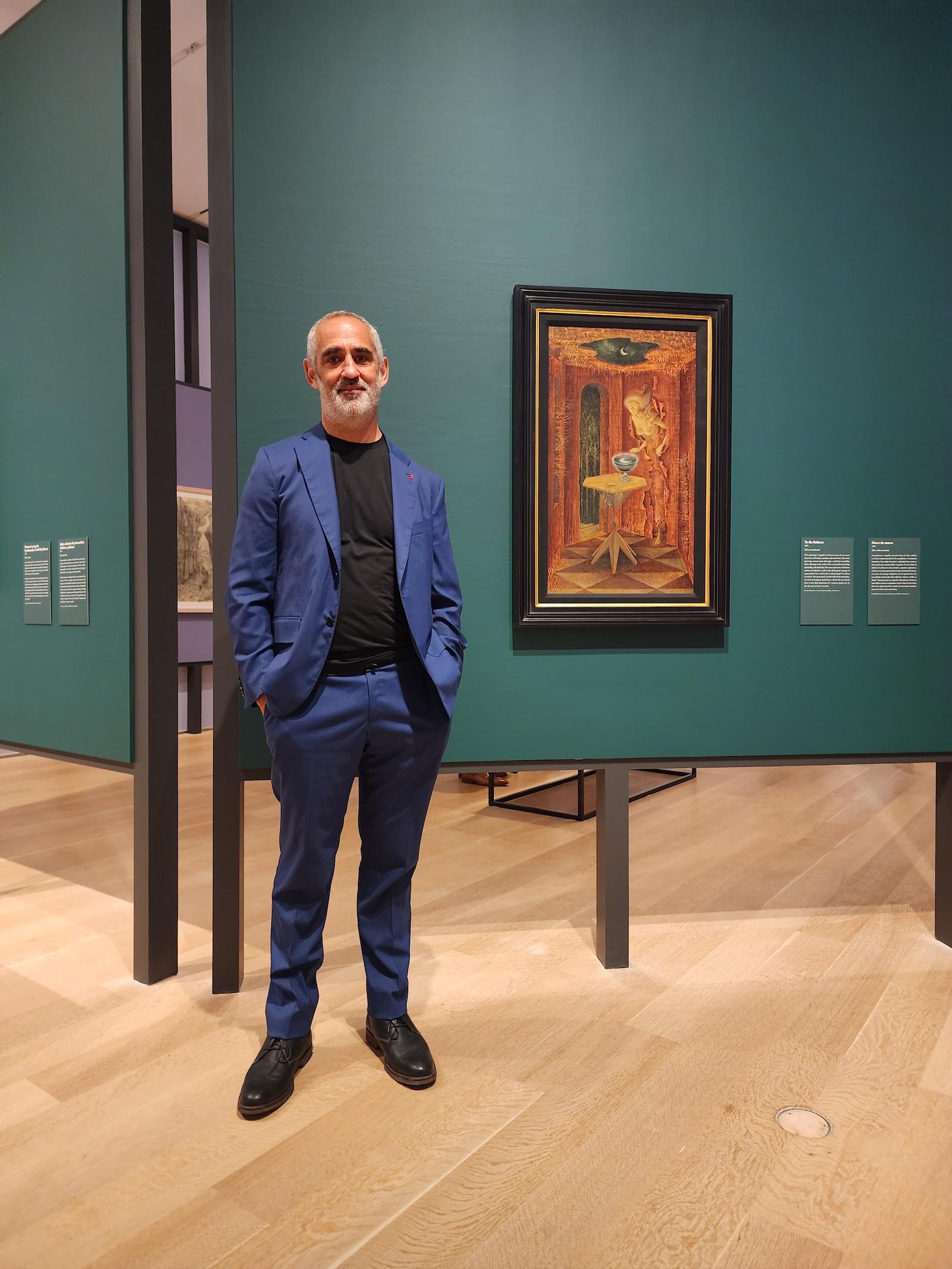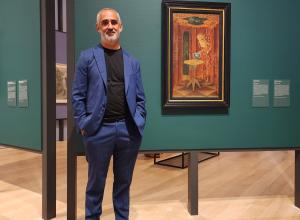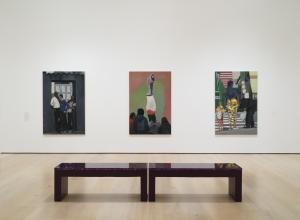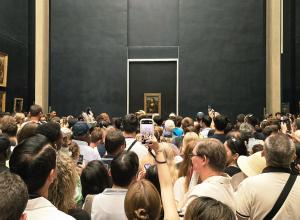I came from an exceedingly modest background.
I was a student at San Francisco State and teaching preschool, making $5.50 an hour. My parents worked in an art gallery, a commercial one on Fisherman’s Wharf. There was a Dalí print there called Persistence of Memory; it was the first time I had seriously fallen in love with a thing. I really wanted to own it. It was $1,900, and I said to myself, I can’t buy that, there’s just no way. But I talked to the owner and said, what if I gave it to you in six monthly payments? You know how dealers are with someone vulnerable … the owner said okay. Heart pounding, I asked myself, what did I just do? I did pay it off, though. It was the first work of art I bought.
My passion for Surrealism, which started with the Dalí, never ended. Eventually, I started my own gallery, and I hired two people who suggested I should do a show on the Argentine-Italian surrealist Leonor Fini. I did some research and ended up falling in love with her and with the other women surrealists, like Remedios Varo and Leonora Carrington. This is where I started becoming a serious collector. I figured I can’t afford a painting by Dalí or Magritte, but I can afford a Fini. You could call it a passion or an addiction, but every time I made money, I bought a Fini for myself. I’ve been able to get a few Carringtons, too, and a Frida Kahlo self-portrait.
Women have been wronged in so many fields, and I only have a collection because that’s true — it’s the irony of my life. If they’d been treated right in the first place, they’d have been beyond my ability to collect. For the same reason, I also bought under-recognized male Surrealists like Kurt Seligmann, Enrico Donati, and Wolfgang Paalen. I was always thinking, how could I be part of the story of discovering less-known artists?


![DEl Kathryn Barton [Australian b. 1972] the more than human love , 2025 Acrylic on French linen 78 3/4 x 137 3/4 inches 200 x 350 cm Framed dimensions: 79 7/8 x 139 inches 203 x 353 cm](/sites/default/files/styles/category_card_187x139/public/ab15211bartonthe-more-human-lovelg.jpg?itok=LJbNuU6F)



![DEl Kathryn Barton [Australian b. 1972] the more than human love , 2025 Acrylic on French linen 78 3/4 x 137 3/4 inches 200 x 350 cm Framed dimensions: 79 7/8 x 139 inches 203 x 353 cm](/sites/default/files/styles/image_5_column/public/ab15211bartonthe-more-human-lovelg.jpg?itok=wW_Qrve3)



















![Ginevra de’ Benci [obverse]. 1474/1478. Leonardo da Vinci. Oil on Panel. Ailsa Mellon Brue Fund, National Gallery of Art.](/sites/default/files/styles/image_5_column/public/ginevradebenciobverse196761a.jpg?itok=hIzdUTaK)